10. Pyramid of Djoser

The pyramid of Djoser, also known as the step pyramid, is an archaeological site in Egypt’s Saqqara necropolis. It was constructed during the third dynasty in the 27th century BC for the burial of Pharaoh Djoser. The 6-tiered, 4-sided tower is Egypt’s oldest massive stone edifice. The step pyramid is said to be the first large-scale cut stone structure built by man. Hence it is one of Egypt’s most iconic monuments.
9. Holm of Papa
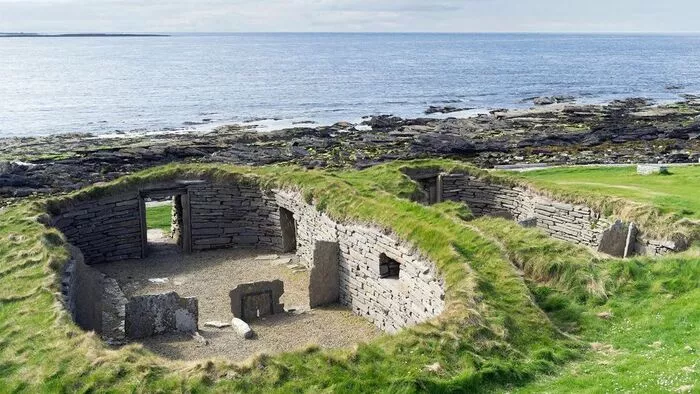
The Orkney Islands’ Holm of Papa is a small uninhabited island. It can be reached by boat from the nearby island of Papa Westray. It was constructed almost 5000 years ago. It covers approximately 21 hectares. It’s assumed to have been used for human graves, most likely from the surrounding area. A varied collection of neolithic artwork can also be found there. The primary attraction on the little island in the south cairn is a 20-meter-long chambered cairn with ancient carvings on its stone.
8. Newgrange
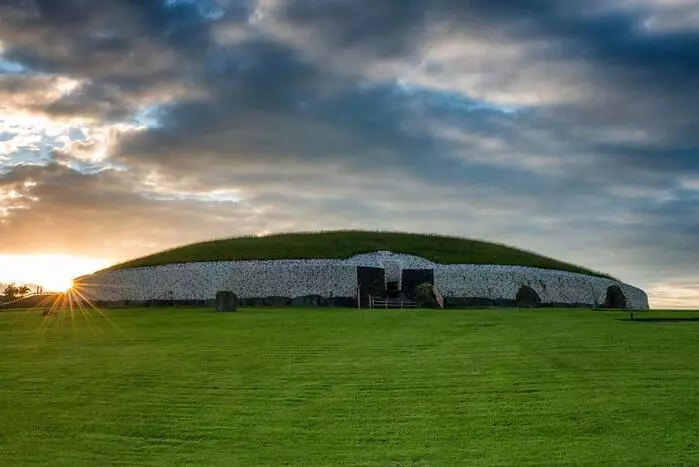
Newgrange is a 5200-year-old passage tomb in Ireland’s Ancient East, located in the Boyne Valley. Farmers constructed the monument, which is formally known as a ‘cairn,’ a man-made pile of stones that contains water-rolled gravel. It was originally defined as a passage of tombs whose purpose included the burial of the dead. It is the crown jewel of Ireland’s old east, and UNESCO has designated it as a world-historic site.
7. Megalithic temples of Malta

The megalithic temples of Malta are several prehistoric temples, some of which are UNESCO world heritage sites. They had been claimed as the oldest free-standing structures on earth until the discovery of the Gobekli Tepe. These temples were built during 3600 BC and 2500 BC on the island of Malta
- Ggantija-This temple complex consists of two temples that date back to between 3600BC and 3200 BC. The megalithic temple Ggantija to the east of victoria is noteworthy.
- Tarxien Temples- The Tarxien temples date from 3600-2500 BC are the most complex of all temple sites in Malta, consisting of four megalithic structures. The temples are renowned for the detail of their carvings. Tarxein also attracts a lot of enthusiasts because it offers insights into how the temples were constructed
6. La Hougue Bie
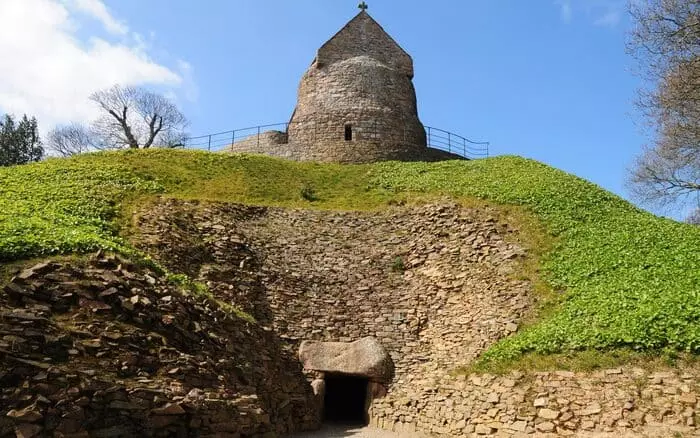
Around 3500 BC, La Hougue Bie was used as a Neolithic ritual site. It’s one of the most well-preserved passage graves in the area. Even though they were termed “passage graves”, they were ceremonial sites whose function was more similar to churches, where burials were incidental. on the Channel Island of Jersey, La Hougue Bie is located in Grouville. Hougue is an old Jersey word that means “mound.” The burial monument is not just one of the world’s ten oldest structures, but also one of Europe’s finest examples of passage graves. The monument is depicted on the 2010 Jersey 1 pound note.
5. Stoney Littleton Long barrow
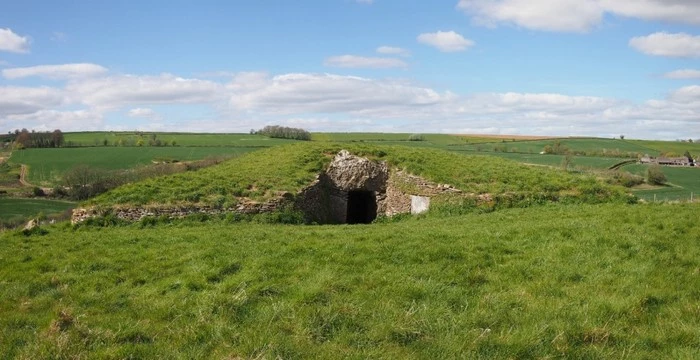
Stoney Littleton is a fine example of a Neolithic chambered long barrow erected between 4000 and 2500 BC. It has a number of side chambers where human remains were formerly interred. It lies in the English county of Somerset, near the settlement of Wellow. In 1882, it was designated as an ancient monument.
4. Listoghil
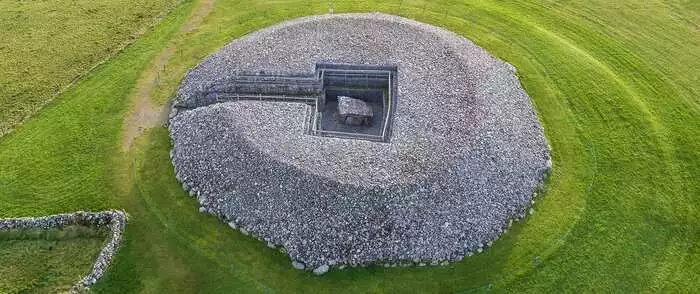
The Carrowmore collection of prehistoric tombs in County Sligo, Ireland, includes Listoghil, a massive centre monument. Archaeologists classify Listoghil as passage tombs. It is thought to be the only component of the Carrowmore passage tombs that had a cairn or stone covering mound. The large level platform, which may date back to roughly 4100 BC, is the original monument at Listoghil. Listoghil’s cairns roof slab includes concentric circular cravings that are only visible in certain light. This is a rare specimen of megalithic art from Ireland.
3. Knap of Howar
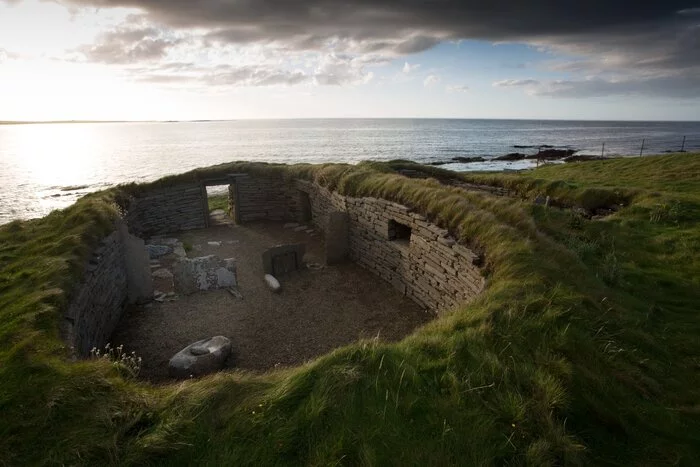
The Knap of Howar is a neolithic farmstead on the island of Papa Westray in Orkney, Scotland, that may be the oldest perverse stone house in northern Europe. Over 5000 years ago, neolithic farmers lived in a well-preserved structure. The building is unusually well preserved, with intact entrances, stone partitions, and stone benches. It is of exceptional national significance because it is Scotland’s best surviving and most complete example of an early neolithic stone dwelling.
2. Barnenez

Barnenez’s cairn is a neolithic monument near Plouezoc’h, on the Kernéléhen peninsula in northern Finistère, Brittany ( France). It was created around 4800 BC during the early Neolithic period. The first phase of the monument was built between 4850 and 4250 BC, and the second phase was between 4450 and 4000 BC, according to radiocarbon dating. The cairn de Barnenez served as a funeral building in addition to being dubbed a “Mausoleum.” It is one of Europe’s earliest megalithic monuments and one of the world’s oldest man-made constructions. It’s also notable for the megalithic art that may be found there.
1. Gobekli Tepe
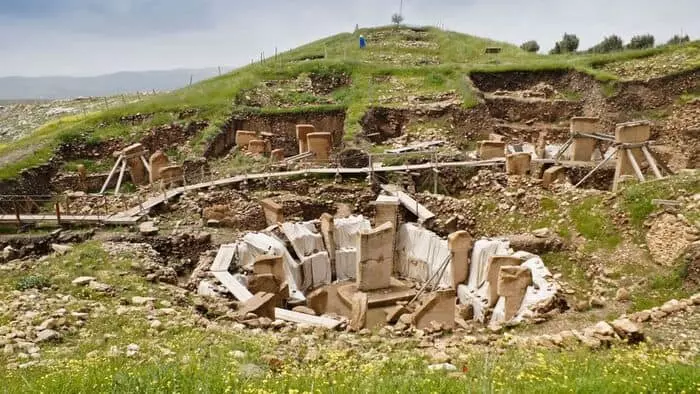
The Neolithic archaeological site of Gobekli tepe is located in southeastern Anatolia, Turkey. The site includes a series of huge circular buildings supported by massive stone pillars, which are among the world’s oldest megaliths. It is the world’s oldest example of monumental construction, having been built approximately 10000 BCE. It features two phases of use, which site discoverer and excavator Klaus Schmidt believe are social or ritual in nature. In 2018, it was named a UNESCO World Heritage Site, citing its exceptional global value as “one of the first examples of human-made monumental building.”

